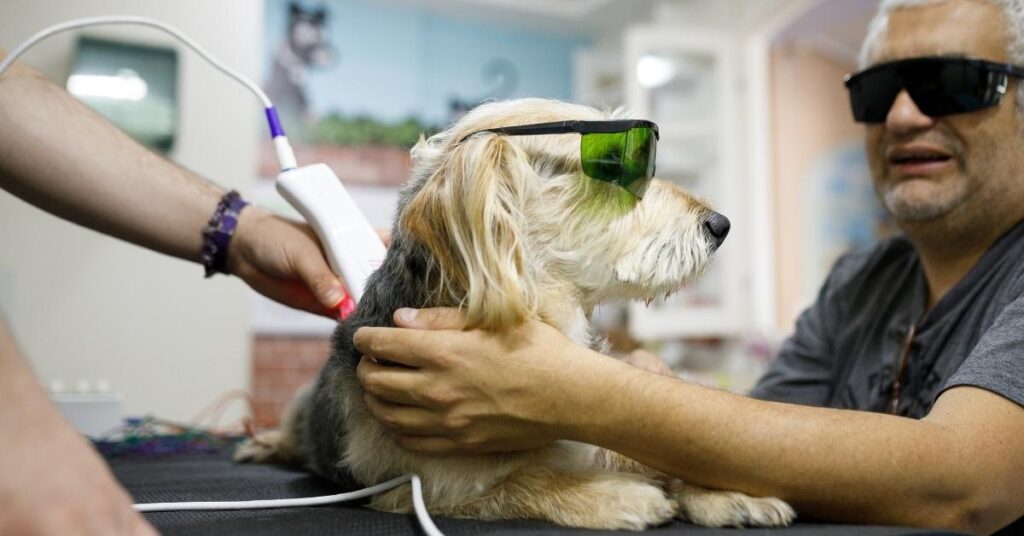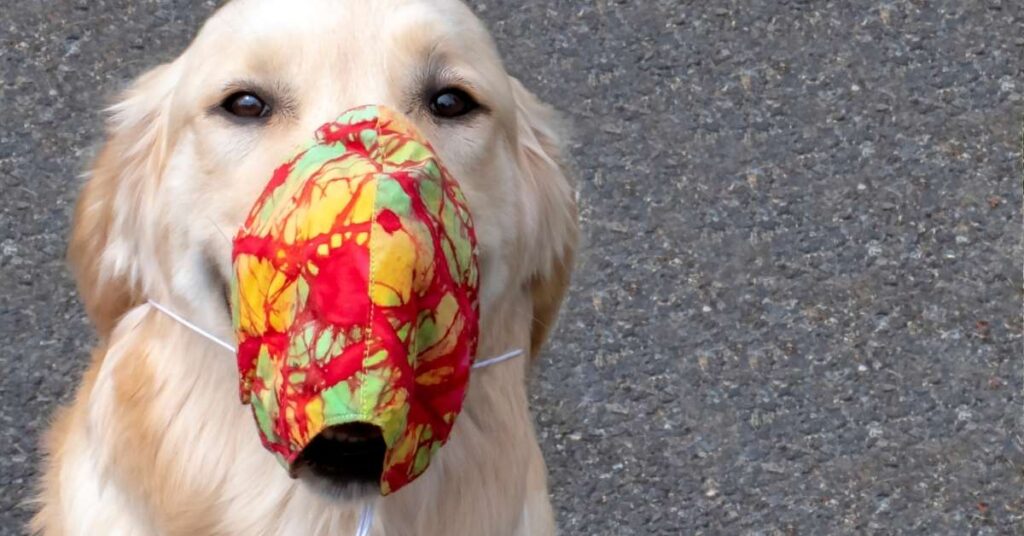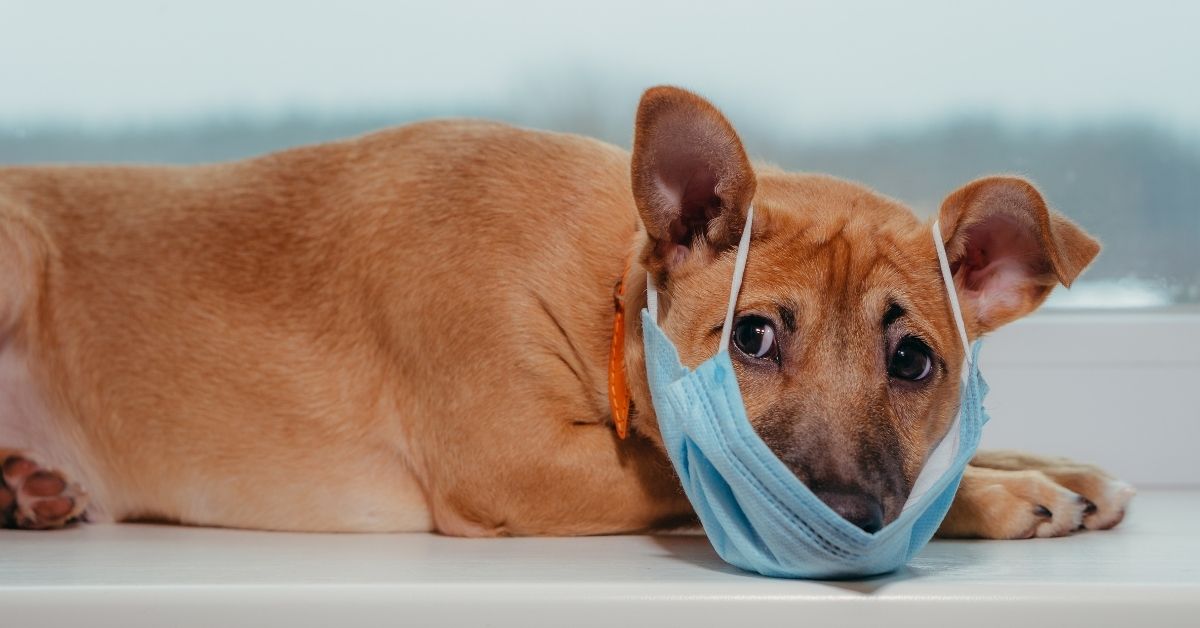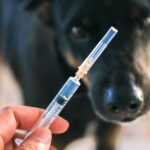Now Reading: How long are dogs in heat: Understanding the Heat Cycle
- 01
How long are dogs in heat: Understanding the Heat Cycle
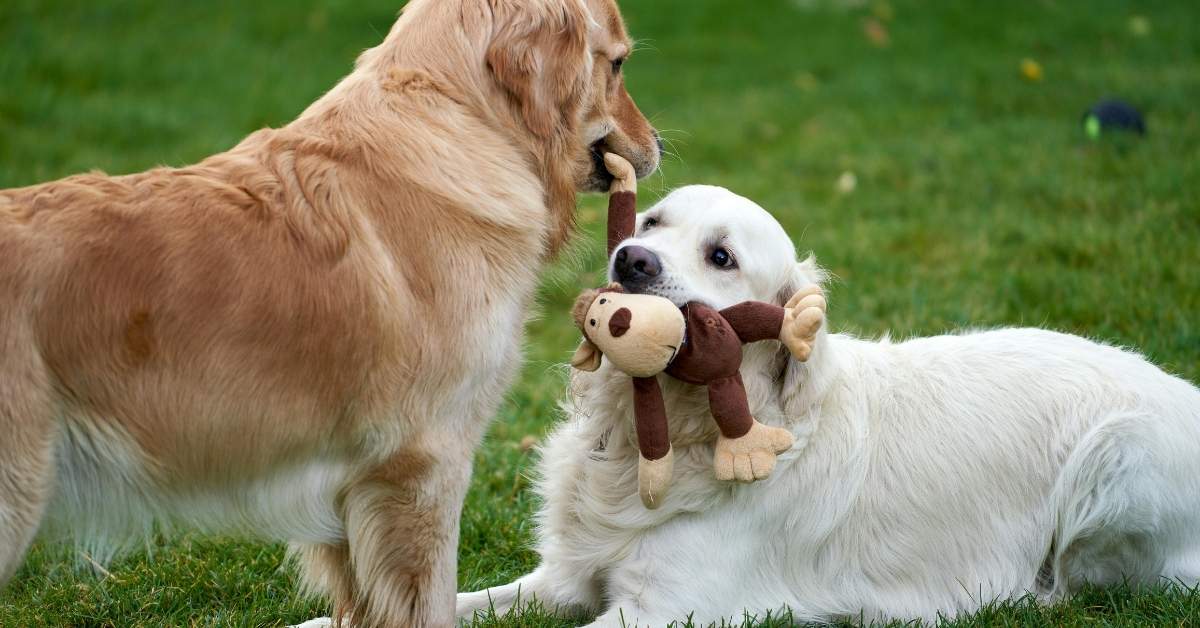
How long are dogs in heat: Understanding the Heat Cycle
Hey dog lovers! Ever wondered how long are dogs in heat and what you’re in for when your girl goes through her cycle? You’re in the right spot. Grab a comfy seat, and let’s chat all about the heat cycle of dogs—simple, sweet, and straight to the point.
How Long Are Dogs in Heat?
How long are dogs in heat? On average, pups stay in heat for 12 to 20 days—that sweet spot when hormones are on full blast and things get… interesting. In human terms, that’s about two to three weeks of spotting, swelling, and mood swings.
Also Read: Pet Odor Eliminators that Actually Work: Freshen Up Your Home!
So, How Long Do Dogs Stay in Heat?
Yeah, same thing—how long do dogs stay in heat? It’s the same 12–20 day window. Some may wrap it up faster (12 days), others take longer (20 days). But that’s the usual range.

Understanding the Dog Heat Cycle Stages
The dog heat cycle (aka estrous cycle) has four clear stages:
- Proestrus – 5–11 days on average. Bleeding starts. Vulva swells. She gets attention from male dogs, but isn’t receptive yet.
- Estrus – 5–9 days (can be 3–21!). Bleeding lightens or turns straw‑colored. She’s ready to mate.
- Diestrus – ~60 days. Hormones change. She’s no longer “in hea,t” but her body is either pregnant or settling back to base .
- Anestrus – 4–6 months. This is the quiet phase between heats.
So, the key “heat” part (proestrus + estrus) lasts 2–4 weeks overall
What Happens Physically?
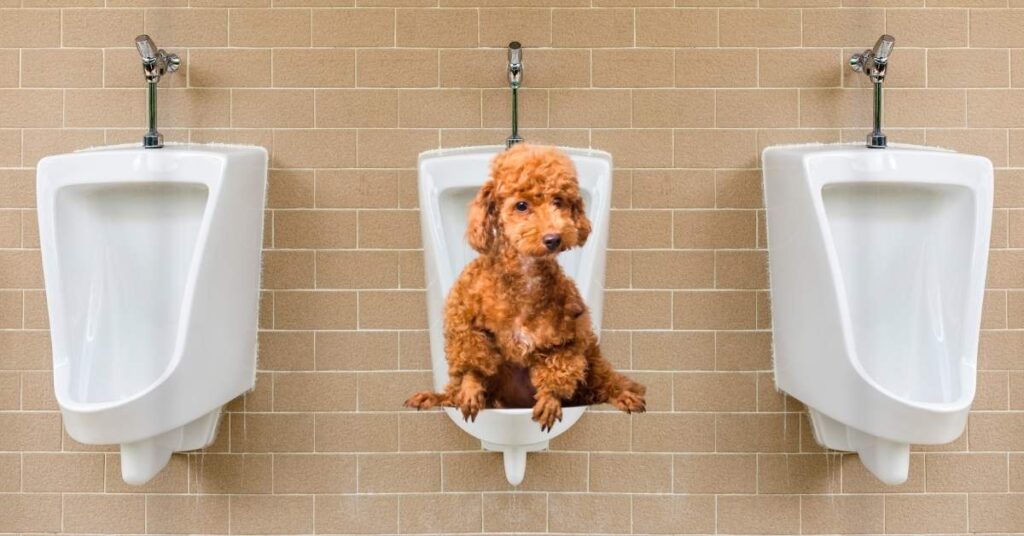
- Swollen vulva and bloody to straw-colored discharge
- Discharge lasts about 7–10 days, but spotting may stretch into estrus.
- Frequent urination to mark territory with pheromones
Common Behaviors of a Female Dog in Heat
Wondering what behavior changes to expect? Yep, here’s your common behaviours of a female dog in heat list:
- Excessive licking of her private areas
- Swelling in the vulva and nipples
- Increased or decreased appetite
- Mood changes: from clingy to cranky or even aggressive
- Flirting with male dogs: tail “flagging” and standing receptive
- Restlessness or yawning, lounging around more
- Trying to escape, she might roam to find a mate.
This behavior mix is exactly why we call it dogs in heat—and, yes, it’s completely normal.
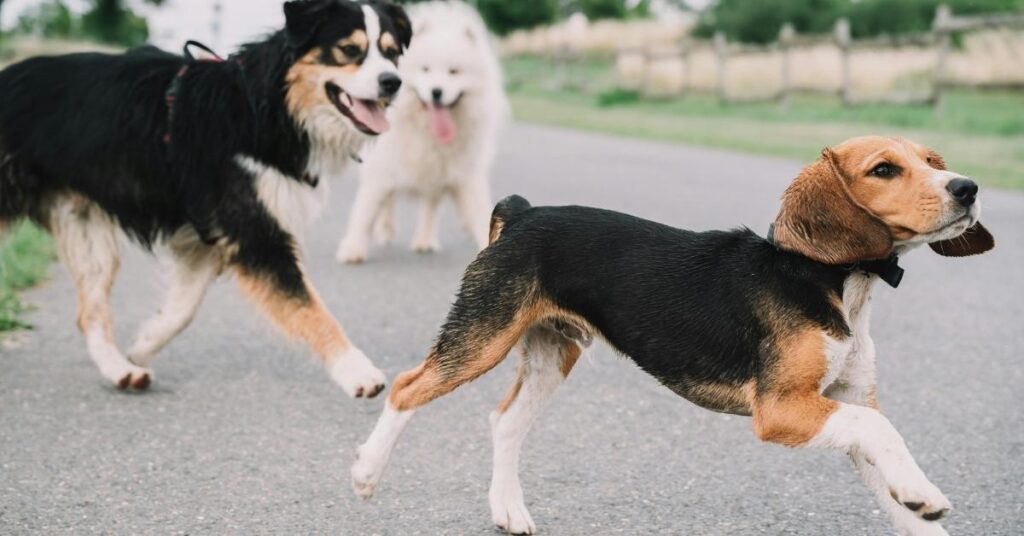
Quick Heat-Cycle Summary:
| Stage | Duration | What You’ll See |
| Proestrus | 5–11 days | Bleeding, swelling, male attention, but no mating |
| Estrus | 5–9 days (3–21) | Straw discharge, tail flagging, and mating receptive |
| Diestrus | ~60 days | Hormonal cooldown—no heat signs |
| Anestrus | 4–6 months | Resting phase until the next cycle |
Why It Matters
Knowing how long dogs are in heat helps you:
- Prevent unwanted pregnancies
- Spot health issues (e.g., pyometra infections or excessive bleeding)
- Keep your home clean with doggie diapers or towels
- Plan spay surgeries—vets recommend before or between heats
Managing Your Female Dog in Heat
Here’s a simple checklist:
- Extra love & attention – She may crave comfort.
- Keep her clean – Panty liners, washable pants, or doggie diapers work wonders.
- Ditch dog parks and avoid male dogs.
- Secure your yard and leash her—she may try to bolt to find a mate.
- Limit grooming—some dogs go off food or feel off. Keep her comfortable
- Vet check if bleeding is heavy or strange—some medical conditions mimic heat.
Must Read: Why My Dog Has Diarrhea But is Acting Fine: 7 Possible Reasons
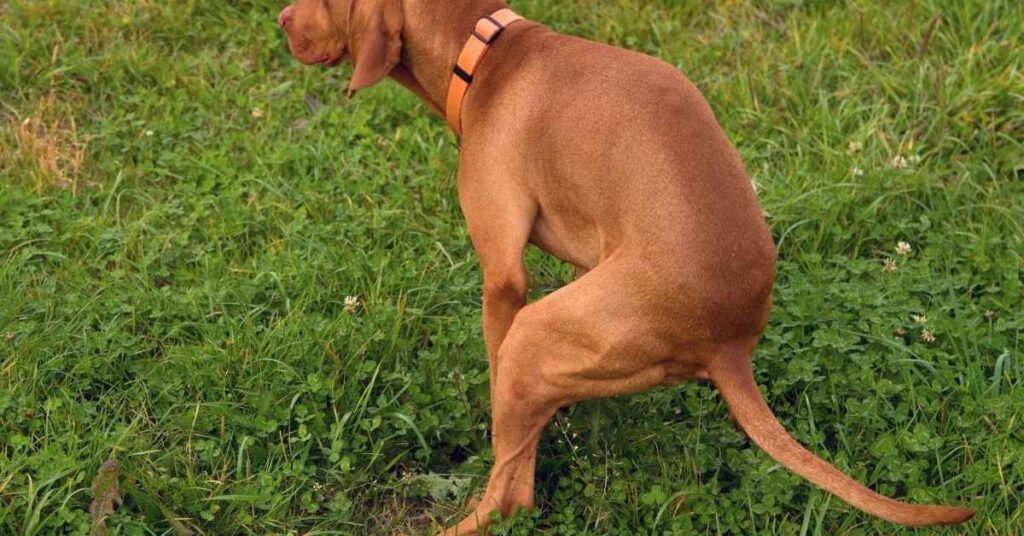
Cycle Frequency: How Often?
Most dogs cycle about every six months, so roughly twice a year . Smaller breeds might heat three times/year; giant breeds come around once annually.
Dog Period vs. Human Period
- Human “period” = menstruation.
- Dogs go through the estrous cycle, not a menstrual one.
- They experience bleeding during heat, but it’s not the same shedding of uterine lining as humans.

FAQs
They stay in heat about 12–20 days—that’s when bleeding and mating behavior show up.
Typically, around 6 months later, though small breeds cycle more often, big ones less.
Most dogs don’t show pain. They may feel a bit off, less playful, or more clingy, but don’t usually have cramps
Talk to your vet, but spaying before her first or second heat helps prevent future cycles and lowers some health risks.
Final Takeaway
Understanding how long are dogs in heat isn’t just helpful—it’s essential for managing behavior, health, and cleanliness. Know your girl’s cycle, follow the stages, and plan accordingly. After all, a happy dog is a well-cared-for dog!
Stay Alert: Why Is My Dog Pooping Blood: 5 Signs & Warnings

